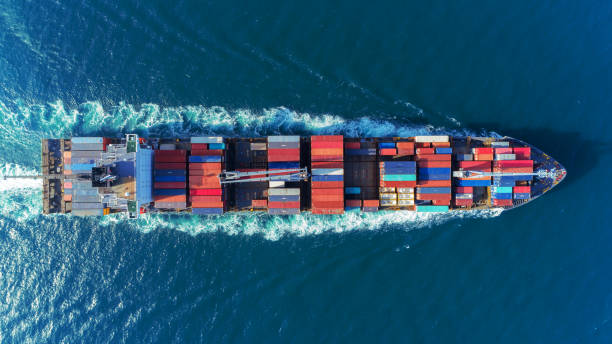How To Search For Maritime Data With An API In A Matter Of Seconds?
Are you trying to find a good API for ship tracking? You should try the one recommended below!
Ship databases have great cultural and historical value. Ships have played a critical role in human history, serving as a means of transportation, trade, and exploration for thousands of years. By documenting the characteristics and histories of ships, ship databases can help preserve this rich legacy for future generations. They can also provide a valuable resource for scholars and enthusiasts who are interested in studying the history of ships and the maritime industry.
The purpose of a ship database could be seen as multifaceted. It serves as a critical tool for ensuring compliance with international regulations, supporting efficient and effective management of shipping fleets, promoting research and analysis in the maritime industry, preserving cultural and historical heritage, and promoting transparency and accountability. As such, ship databases are essential for the smooth and safe operation of the global maritime industry.
If you are interested in getting more information as to how to track multiple ships at sea, one of the most efficient methods nowadays is to use an API. An API (Application Programming Interface) is a set of rules and protocols that allow two software applications to communicate with each other. APIs can be used to access data or functionality that would otherwise not be available. In short, integrating a ship tracking API into a ship database can provide a range of benefits for the shipping industry. Real-time and historical data can be used to improve forecasting and planning activities, enhance security, and improve collaboration between stakeholders. By using this data to create more accurate and comprehensive shipping databases, stakeholders can gain valuable insights into shipping patterns and trends, which can be used to improve efficiency and reduce costs. As such, ship tracking APIs are an essential tool for anyone involved in the shipping industry who wants to stay ahead of the competition and improve their operations.
So How Does An API Work?
The information age has made it possible for individuals and organizations to have access to thousands of applications and user interfaces to streamline their daily routines and processes, even in an integrated manner. And APIs were specifically created to integrate various applications and their functions so that developing an app or website doesn’t imply doing everything from scratch. Now that you know more about a ship tracking API, we urge you to try out Zyla’s Vessel Traffic Information API and see how easy it is to get started.
To make use of it, you must first:
1- Go to Vessel Traffic Information API and simply click on the button “Subscribe for free” to start using the API.
2- After signing up in Zyla API Hub, you’ll be given your personal API key. Using this one-of-a-kind combination of numbers and letters, you’ll be able to use, connect, and manage APIs!
3- Employ the different API endpoints depending on what you are looking for.
4- Once you meet your needed endpoint, make the API call by pressing the button “run” and see the results on your screen.



